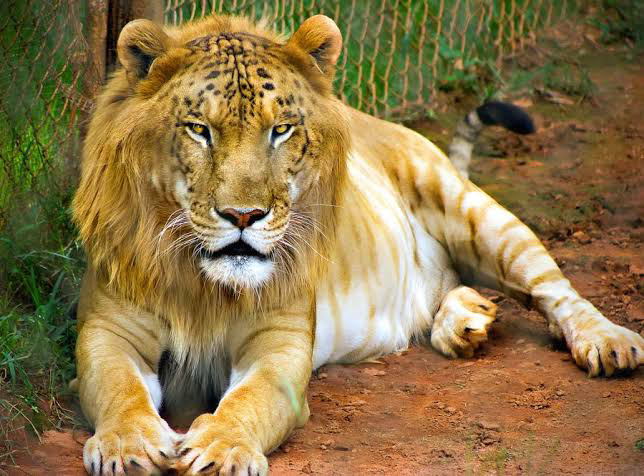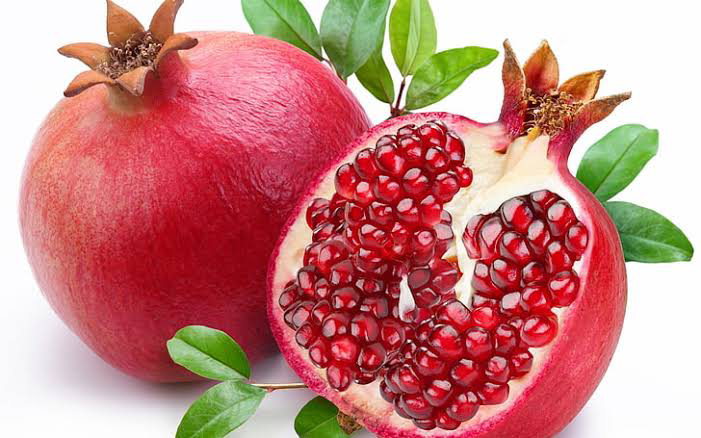Found in the warm waters in the tropics, these beautiful creatures are instantly recognizable for their highly prized brown and white marbled shells andcan be seen in shallow depths closer to shore, near coral reefs and rock formations, and beneath sandy shoals. But do not dare to touch the 4 to 6 inch long gastropods: their concealed, harpoon-like “teeth” contain a complex venom known as a conotoxin, making them one of the most venomous species of snails. If you suffer the unlucky fate of becoming one of the handful of people ever stung, head to the emergency room immediately, as there is no antivenin. The toxin stops nerve cells from communicating with one another; so the creature not only causes paralysis within moments, but, per its nickname of “cigarette snail," affords you about enough time to smoke a stick before you die,lol
The poison dart is a large, diverse group of brightly colored frogs in which only a handful of species are particularly dangerous to humans. The most deadly, the golden poison dart, inhabits the small range of rain forests along Colombia’s Pacific coast, and grows to around two inches long (roughly the size of a paper clip). Its poison, called batrachotoxin, is so potent that there’s enough in one frog to kill ten grown men, with only two micrograms roughly the amount that would fit onto the head of a pin—needed to kill a single individual. But what makes the amphibian especially dangerous is that its poison glands are located beneath its skin, meaning a mere touch will cause trouble. Little wonder the indigenous Emberá people have laced the tips of their blow darts used for hunting with the frog’s toxin for centuries. Sadly, deforestation has landed the frog on several endangered lists, but even if you do have a rare sighting when hiking, don’t go reaching for it.
7. Box Jellyfish
Often found floating (or moving at speeds close to five miles per hour) in Indo-Pacific waters, these transparent, nearly invisible invertebrates are considered by the National Oceanic and Atmospheric Administration as the most venomous marine animal in the world. Their namesake cubic frames contain up to 15 tentacles at the corners, with each growing as much as 10 feet long, all lined with thousands of stinging cells known as nematocysts that contain toxins that simultaneously attack the heart, nervous system, and skin cells. While antivenins do exist, the venom is so potent and overwhelming that many human victims, of the hundreds of reported fatal encounters each year, have been known to go into shock and drown or die of heart failure before reaching shore. Even if you are lucky enough to make it to the hospital and receive the antidote, survivors can sometimes experience considerable pain for weeks afterward and bear nasty scars from the creature’s tentacles.
6. Pufferfish
Pufferfish, also known as blowfish, are located in tropical seas around the globe. Though they’re the second most poisonous vertebrate on the planet (after the golden arrow dart frog), they’re arguably more dangerous as their neurotoxin (called tetrodotoxin) is found in the fish’s skin, muscle tissue, liver, kidneys, and gonads, all of which must be avoided when preparing the creature for human consumption. Indeed, while wild encounters are certainly dangerous, the risk of death from a pufferfish increases when eating it in countries like Japan, where it is considered a delicacy known as fugu and can only be prepared by trained, licensed chefs even then, accidental deaths from ingestion occur several times each year. The tetrodotoxin is up to 1,200 times more poisonous than that of cyanide, and can cause deadening of the tongue and lips, dizziness, vomiting, arrhythmia, difficulty breathing, muscle paralysis, and if left untreated, death.
5. Black mamba
Though species like the boomslang or the king cobra are dangerous thanks to their respective poisons, the black mamba is especially deadly due to its speed. The species (which can grow up to 14 feet long) is the fastest of all snakes, slithering at speeds of up to 12.5 miles per hour, which makes escaping one in remote areas that much more difficult. Thankfully, black mambas usually only strike when threatened but when they do, they’ll bite repeatedly, delivering enough venom (a blend of neuro- and cardiotoxins) in a single bite to kill ten people. And if one doesn’t receive the correlative antivenin within 20 minutes, the bites are almost 100 percent fatal.
4. Saltwater Crocodile
Florida's alligators may be scary, but they have nothing on their cousin, the fearsome crocodile, which is more short-tempered, easily provoked, and aggressive towards anything that crosses its path. Of all the species in the world, the largest and most dangerous is the saltwater crocodile. These ferocious killers can grow up to 23 feet in length, weigh more than a ton, and are known to kill hundreds each year, with crocodiles as a whole responsible for more human fatalities annually than sharks. Saltwater crocodiles are especially dangerous as they’re excellent swimmers in both salt and freshwater (yes, their name is confusing), and can strike quickly with a bite delivering 3,700 pounds per square inch (psi) of pressure, rivaling that of the T. Rex. If that’s not enough to scare you, put it in perspective: humans chomp into a well-done steak at around 200 psi, a mere five percent of the strength of a saltwater crocodile's jaw.
3. Tsetse Fly
Often regarded as the world’s most dangerous fly, the tsetse fly, a small speck of insect that measures between 8 to 17 mm, or about the same size as the average house fly is commonly found in Sub-Saharan Africa, especially countries in the center of the continent. While the flies themselves are nasty bloodsucking bugs that usually feed during the peak warm hours, their true terror lies in the protozoan parasites they spread known as Trypanosomes. These microscopic pathogens are the causative agent of African Sleeping Sickness, a disease marked by neurological and meningoencephalitic symptoms including behavioral changes, poor coordination, as well as the disturbances in sleeping cycles that give the illness its name. It can cause death if left untreated. While there are no vaccines or medications available to prevent infection, methods of protection include wearing neutral-colored clothing (the tsetse fly is attracted to bright and dark colors, especially blue), avoiding bushes during the day, and using permethrin treated gear in more remote areas.
2. Mosquito
Clocking in at just three millimeters at their smallest, the common mosquito, even tinier than the tsetse fly, ranks as the second most dangerous on our list due to the sheer amount of deaths each year attributed to the various pathogens carried by several of the more than 3,000 species around the world. The irritating insects, primarily those from the genera Aedes, Anopheles, and Culex, are the primary vectors of diseases such as malaria, Chikungunya, encephalitis, elephantiasis, yellow fever, dengue fever, West Nile virus, and the Zika virus, which collectively afflict an estimated 700 million and kill roughly 725,000 people each year. As the World Health Organization notes, more than half of the human population is currently at risk from mosquito-borne diseases. Given that the pests are attracted to our body temperatures and the CO2 we exhale, our best tools to prevent infection lie in the usage of insect repellents high in active ingredients like DEET and picaridin. You can also avoid risk by traveling to Zika-free countries and coastal cities, of which there are many.
1. Humans
Surprised? After all, we’re animals too, and since we’ve been killing each other for 10,000 years, with the total deaths from war alone estimated at between 150 million and 1 billion (and that was a decade ago), it’s a no-brainer that we top the list. Though human beings are said to be living in the most peaceful period now than at any other time in our history, we still assault each other with incredibly high rates of senseless brutality, from gun violence to terrorist attacks around the globe. We're dangerous to other animals too, think global warming, the destruction of forests and coral reefs, and overtourism. Given the threat we pose to countless other creatures and the fact that we often act irrationally and have the capacity to annihilate our entire planet with a host of horrifying weapons like nuclear devices and genetically-modified superbugs we are squarely atop the list as the most dangerous animal in the world.














Comments